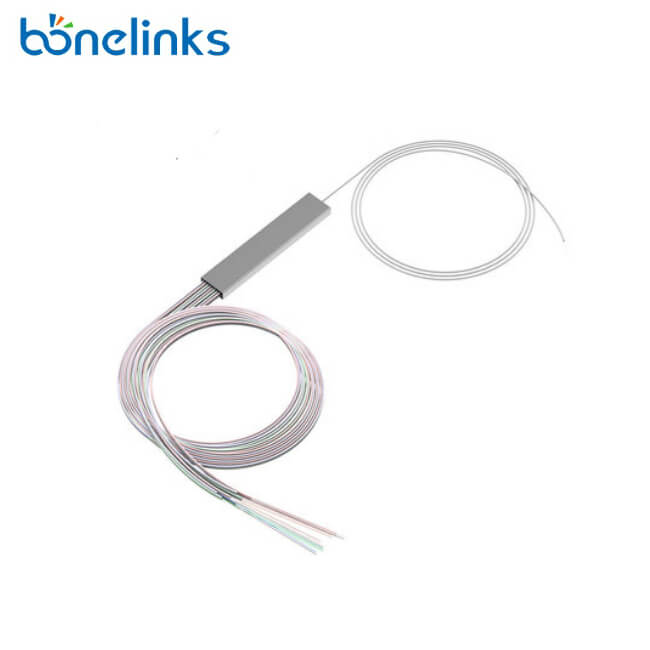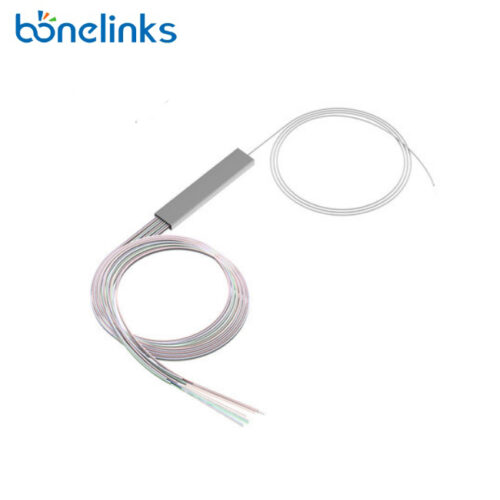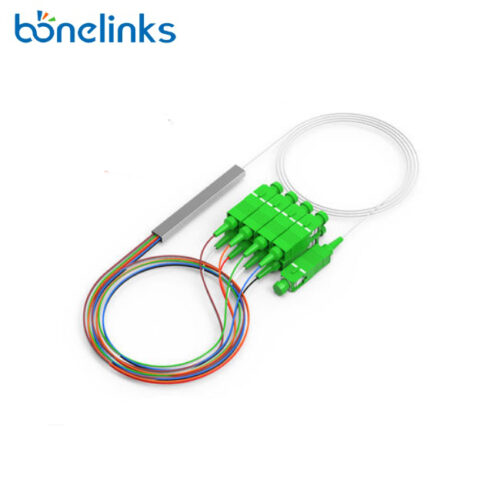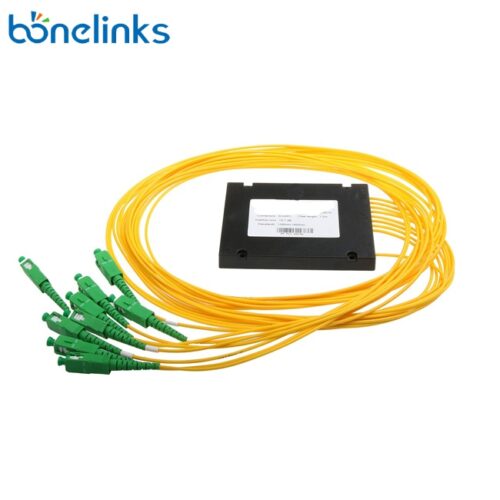Bare Fiber PLC Splitters are an essential component for optical communication networks that demand reliable and stable signal distribution. With its compact size, high performance, and versatility, it is the preferred choice for many telecommunications operators, data center operators, and broadband service providers.
Features
- Compact size: Bare fiber PLC splitters have a compact and small size, making them ideal for use in dense wavelength division multiplexing (DWDM) systems, where space is limited.
- High reliability: Bare fiber PLC splitters are built using planar lightwave circuit technology, which provides high reliability and stability.
- Wide wavelength range: Bare fiber PLC splitters can be designed to support a wide range of wavelengths, making them suitable for use in a variety of optical fiber communication systems.
- Low insertion loss: Bare fiber PLC splitters have low insertion loss, meaning that there is minimal signal loss as the signal is split into multiple paths.
- High uniformity: Bare fiber PLC splitters have high uniformity in terms of their split ratio, meaning that the signal is evenly split between the different output fibers.
- Easy integration: Bare fiber PLC splitters can be easily integrated into existing optical fiber communication systems, making them a cost-effective solution for network upgrades.
Application:
- Data centers: Bare PLC splitters are used in data centers to connect multiple servers and storage devices to the network backbone.
- Fiber to the Home (FTTH) networks: In FTTH networks, the bare PLC splitter is used to distribute high-speed internet signals to multiple users in a residential or commercial building.
- Central Office (CO) networks: In CO networks, the bare PLC splitter is used to distribute optical signals from a central hub to multiple customers.
- CATV networks: In Cable Television (CATV) networks, the bare PLC splitter is used to distribute television signals to multiple subscribers.
- Metro and long-haul networks: Bare PLC splitters are used in metro and long-haul networks to distribute optical signals over large geographic areas.







